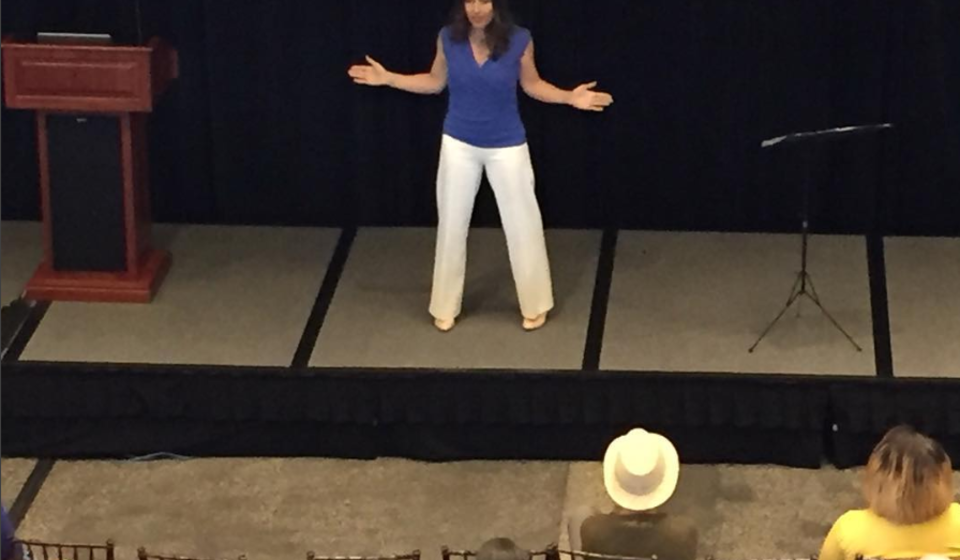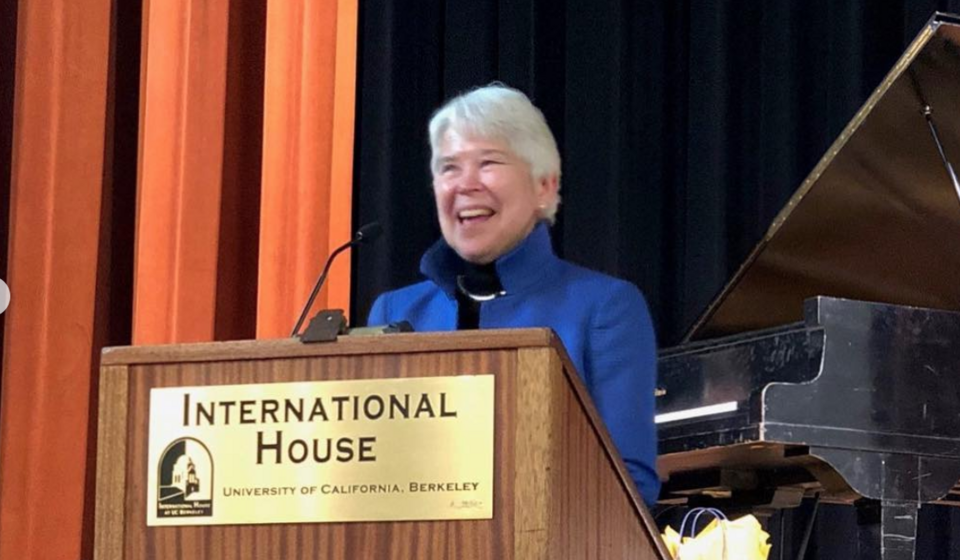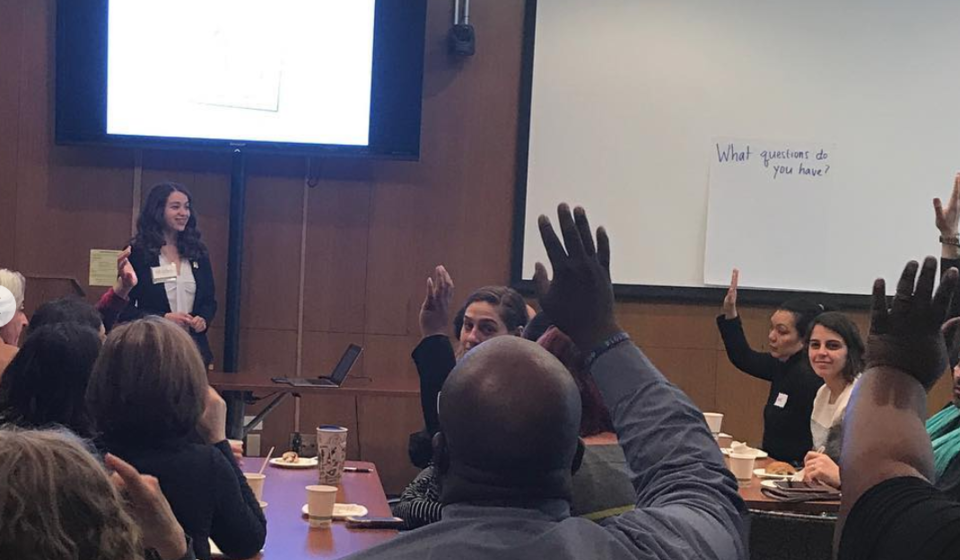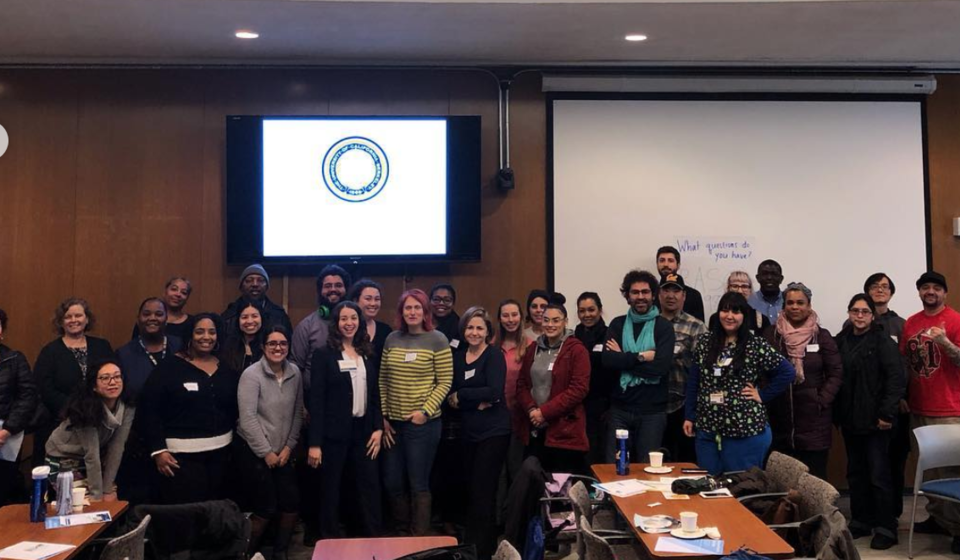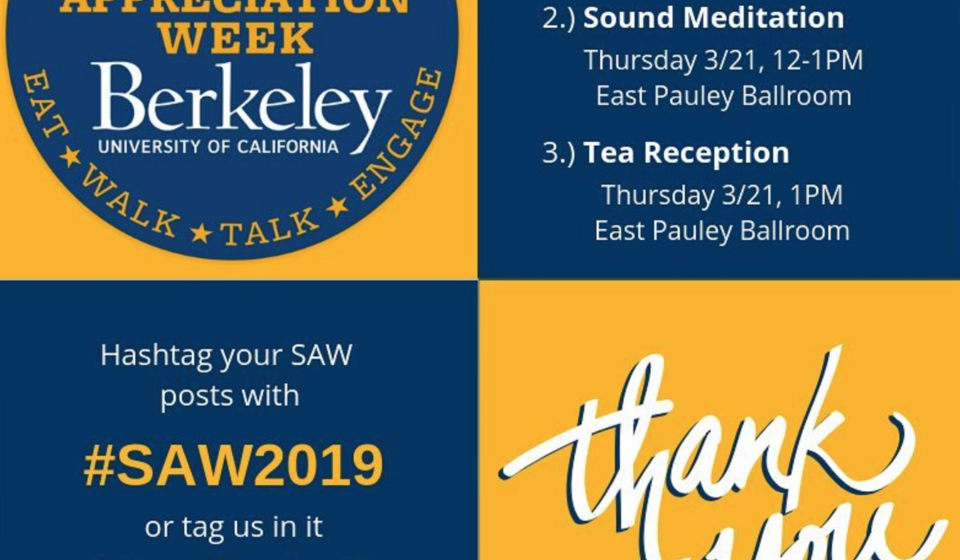What roles have you had throughout your time at Berkeley?
I started as a half-time Assistant Ombudsperson for Students at the end of 2011 before the position went full-time in the summer of 2013. I then sailed with Semester at Sea as Assistant Executive Dean in the spring of 2017 (my third voyage). When I returned to Cal, I transitioned to become the Interim Associate Dean of Students in the Office of the Associate Vice Chancellor and Dean of Students, starting in the fall of 2017. In this role, I oversee crisis management for students, student activism and protest response, student death protocol, and provide oversight for the Center for Support & Intervention, Center for Student Conduct, and Student Legal Services. My primary role is to be an advocate for students. After going through a search process, I was permanently appointed to the position at the end of 2018.
Similar to your trajectory more people are currently advancing along varied directions that comprise a “lattice,” instead of strictly “up the corporate ladder.” How did you transition from being the Assistant Ombudsperson to Interim Associate Dean of Students, and then sealing the deal to become permanent?
Prior to becoming an Assistant Ombudsperson for Students at Cal, I had spent my career working in the areas of student life and educational equity at four other college campuses. Before Berkeley, I had been a director of a student life department which also included cultural centers and violence prevention programs. In this previous role and others, I had experience in some of the key areas of my current role, including crisis response and student activism support. In 2011, I intentionally looked for a position where I could serve as an individual contributor rather than a manager so that I could focus on completing my Ph.D. in Higher Education Administration and being a parent to small children. I chose to negotiate my career choices with my personal priorities. It was the right decision for me as I was able to learn about a new area of work in the Ombuds field and still have the time and mental energy to focus on my doctoral work and parenting. Many student life positions entail responsibilities that include being on-call and responding to crises and emergencies on weekends and evenings. In order to complete my doctoral work and grow my family, having a position without after hour commitments was important.
While serving as an Assistant Ombudsperson for Students, I became engaged with campus life at Cal through my involvement in a number of Student Affairs and campus committees. This allowed me to network with staff across the campus and learn about issues that were broader than my own department. I believe I was offered the Interim Associate Dean of Students position because of my prior experiences in student affairs and because of the connections I had established as an Assistant Ombudsperson for Students and being involved in projects outside of my immediate area. While serving in the interim role, I approached the work with a permanent rather than temporary mindset while also maintaining humility and not making assumptions. I went through a search process and prepared for the interview as if I was an external candidate, being careful not to take anything for granted.
What challenges did you face during these transitions and how did you overcome them?
Fortunately, I transitioned within Student Affairs at Cal, so I already knew many of the people I would partner with in my new role as Associate Dean of Students. The biggest adjustment for me was to transition from operating as a neutral Assistant Ombudsperson to serving as a student advocate. I also went from being a confidential designee to a responsible employee meaning that I was operating with different standards and expectations around matters of confidentiality and student privacy. Another challenge was that when one is in an interim position, there can be a tendency to think of the position as a temporary role. I would remind myself not to approach situations or make decisions with that mindset, but to lead from a place of vision and think of long-term impact.
What do you do to keep growing as a professional?
I read a lot of books to keep me grounded in my professional and personal life. Some of my favorite authors are Marianne Williamson, bell hooks, and Brene Brown. To be the kind of mindful leader that I aspire to me, I believe that I should engage in continuous work to increase my self-awareness and work on my blind spots. I also try to engage in committees and projects that are not just relevant to my work areas but are also interesting to me personally. If I can work towards my passions and strengths, I can be in spaces of “flow” much more often, which increases my effectiveness and happiness. I also take opportunities to learn about new content areas by engaging with professionals who are subject matter experts in their fields. I set up coffee meetings to learn more about their areas of work as well as to learn about them as people. This can sometimes lead to new collaborations as well as insights into my own work.
What was the most motivating thing someone told you on your career journey that you think would help others?
When I was a graduate student at the University of Maryland, a mentor of mine told me that we can have everything we want, but not all at the same time. This advice has helped me to set priorities with my time and energy over the course of the last 20 years. I use to have a tendency to fill my calendar with too many events and activities and overcommit at work and personal life. When we overwork or fall into a pattern of constant busyness, it can sometimes come from a place of not feeling “enough” or avoiding emotions we don’t want to feel, such as pain, loneliness, sadness or grief. When we embrace ourselves fully, we can also accept others for who they are and situations for what they are. When we live in this state of acceptance, or even better, a state of gratitude, we can then create space for new opportunities and positive change.
If you’d like to advance your career with today’s methods read about the corporate lattice model- here.
Know someone (including yourself!) who has changed jobs at Berkeley? E-mail us at wisdomcafe@berkeley.edu to be featured.









